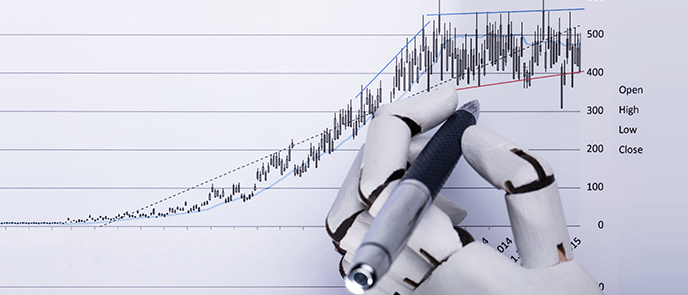-
NBS Tasks
Browse topics
- Monetary policy
- Financial market supervision
- Financial stability
- Banknotes and coins
- Payments
- Statistics
- Research
- Legislation
-
Publications
- Activity Report of the NBS Innovation Hub Annual Report Carbon Footprint Report of NBS Climate-related disclosures of NBS non-monetary policy portfolios Economic and Monetary Developments Financial Stability Report Investment Policy Statement of the National Bank of Slovakia Macroprudential Commentary
- Policy Briefs Report on the Activities of the Financial Market Supervision Unit Research Papers: Working and Occasional Papers (WP/OP) Statistical Bulletin Structural Challenges Other publications Sign up for your email notifications about publications
- About the Bank
- Media
- Frequently asked questions
-
For the public
Browse topics
- About the Bank
- Exchange rates and interest rates
- Banknotes and coins
- Payments
- Financial stability
- Financial market supervision
- Statistics
- Legislation
-
Publications
- Activity Report of the NBS Innovation Hub Annual Report Economic and Monetary Developments Financial Stability Report Macroprudential Commentary
- Report on the Activities of the Financial Market Supervision Unit Research Papers: Working and Occasional Papers (WP/OP) Statistical Bulletin Other publications Sign up for your email notifications about publications
- Frequently asked questions
- Media
- Careers
- Contact
Algorithmic trading
Introducing algorithmic trading

An algorithmic trading system makes it possible for persons managing their own assets or persons in the capacity of investment firms to determine or program specific rules for the complex identification of opportunities to enter or exit investment positions with a computer system used for determining the individual parameters of orders relating to financial instruments, as well as for the generation, timing, routing or execution of these orders.

The rules for identifying investment opportunities or investment strategies may be determined using pre-defined tools based on, for example, technical analysis. These include, for instance, crossings of moving averages in combination with indicators from a technical analysis and with chart views. Nevertheless, investment strategies can also be defined using a more complex solution in which the strategy is programmed in the language of the given trading platform.
Algorithmic trading does not include any system that is only used for the purposes of routing orders to one or more trading venues, for the processing of orders involving no determination of any trading parameters, confirmation of orders or for the post-trade processing of executed transactions.
Contents
-
I. High-frequency algorithmic trading
This is a method of algorithmic trading characterised by:
- infrastructure intended to minimise network and other types of latencies, including at least one of the following facilities for algorithmic order entry:
- co-location;
- proximity hosting; or
- high-speed direct electronic access;
- system-determination of order initiation, generation, routing or execution without human intervention for individual trades or orders; and
- high message intraday rates which constitute orders, quotes or cancellations. A high message intraday rate consists of submission on average of any of the following:
- at least 2 messages per second with respect to any single financial instrument traded on a trading venue;
- at least 4 messages per second with respect to all financial instruments traded on a trading venue.
This calculation includes messages concerning financial instruments for which there is a liquid market, and which are introduced for the purposes of dealing on own account. Messages introduced for the purposes of receiving and transmitting orders or executing orders on behalf of clients are excluded from the calculation.
Direct electronic access is a mechanism where a member, participant or client of a trading venue permits a person to use its trading code so the person can electronically transmit orders relating to a financial instrument directly to the trading venue:
- direct market access – arrangements which involve the use by a person of the infrastructure of the member, participant or client of a trading venue, or any connecting system provided by the member, participant or client of a trading venue, to transmit the orders; or
- sponsored access – arrangements where the infrastructure or system to transmit orders mentioned in the previous point is not used.
A person that is capable of exercising discretion regarding the exact fraction of a second of order entry and the lifetime of the order within that timeframe is considered a person with direct electronic access to a trading venue.
- infrastructure intended to minimise network and other types of latencies, including at least one of the following facilities for algorithmic order entry:
-
II. Legislation
Algorithmic trading is subject to a set of regulatory requirements laid down primarily in the following legal regulations:
- Act No 566/2001 on securities and investment services (and amending certain laws) (the Securities Act), as amended;
- Commission Delegated Regulation (EU) 2017/565 of 25 April 2016 supplementing Directive 2014/65/EU of the European Parliament and of the Council as regards organisational requirements and operating conditions for investment firms and defined terms for the purposes of that Directive;
- Commission Delegated Regulation (EU) 2017/589 of 19 July 2016 supplementing Directive 2014/65/EU of the European Parliament and of the Council with regard to regulatory technical standards specifying the organisational requirements of investment firms engaged in algorithmic trading.